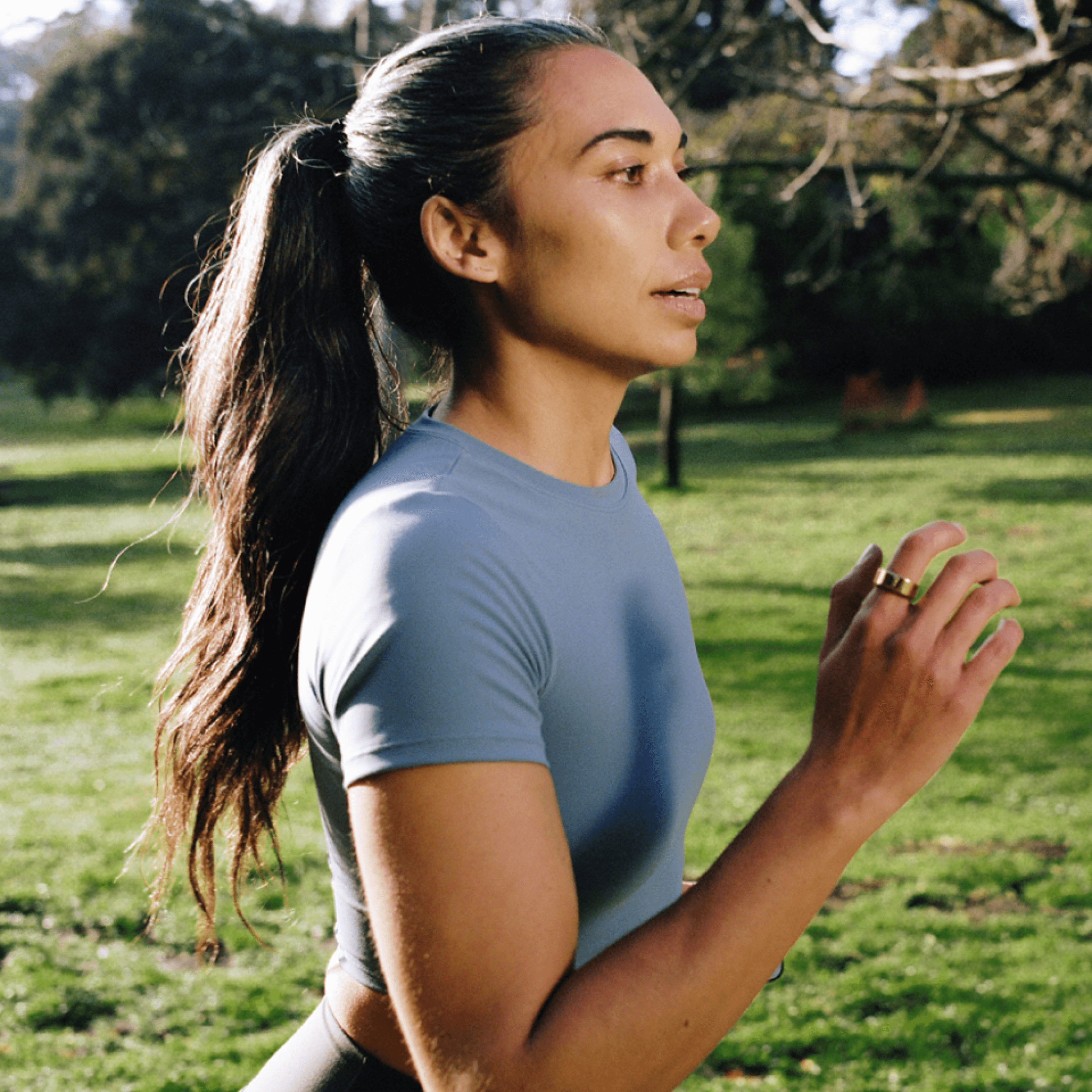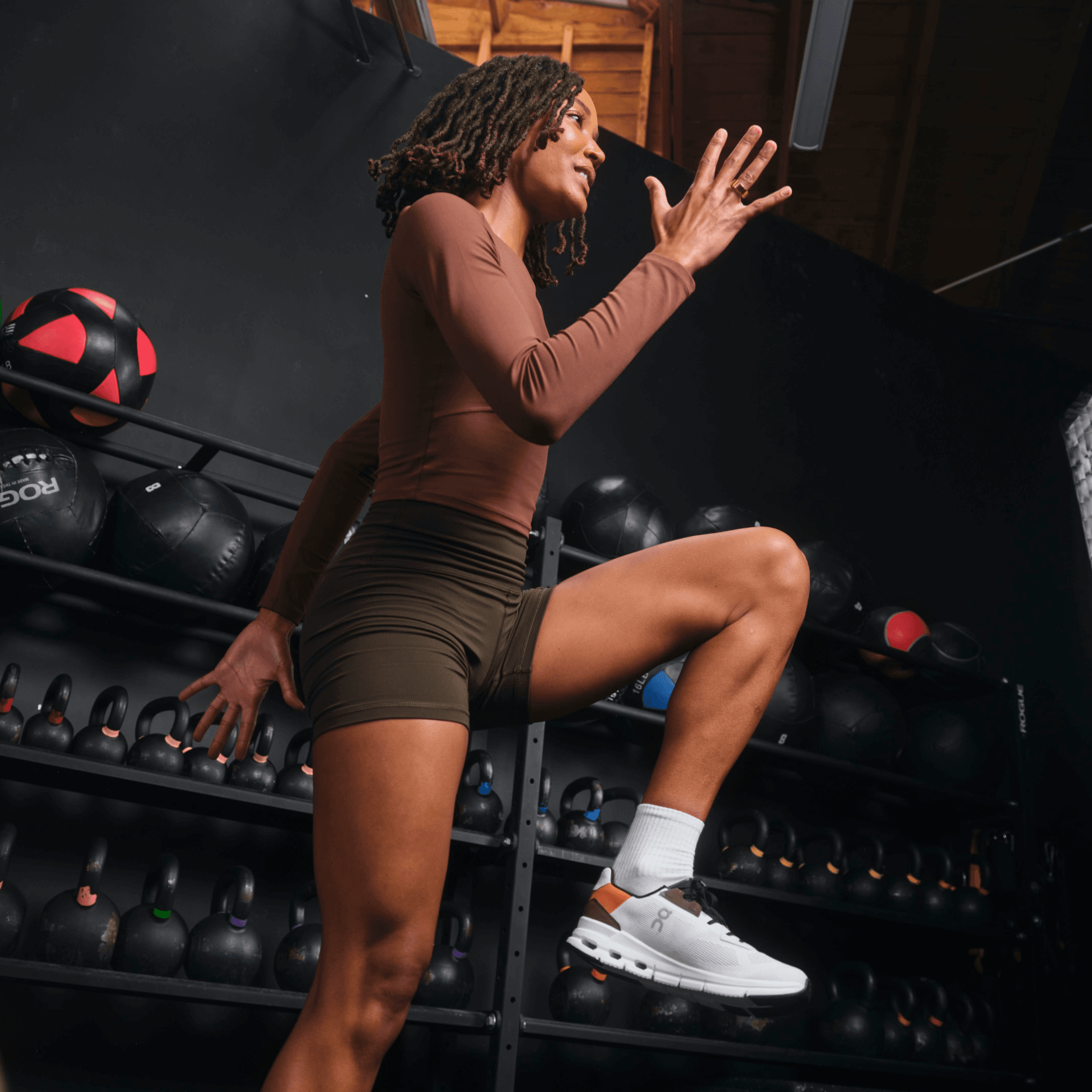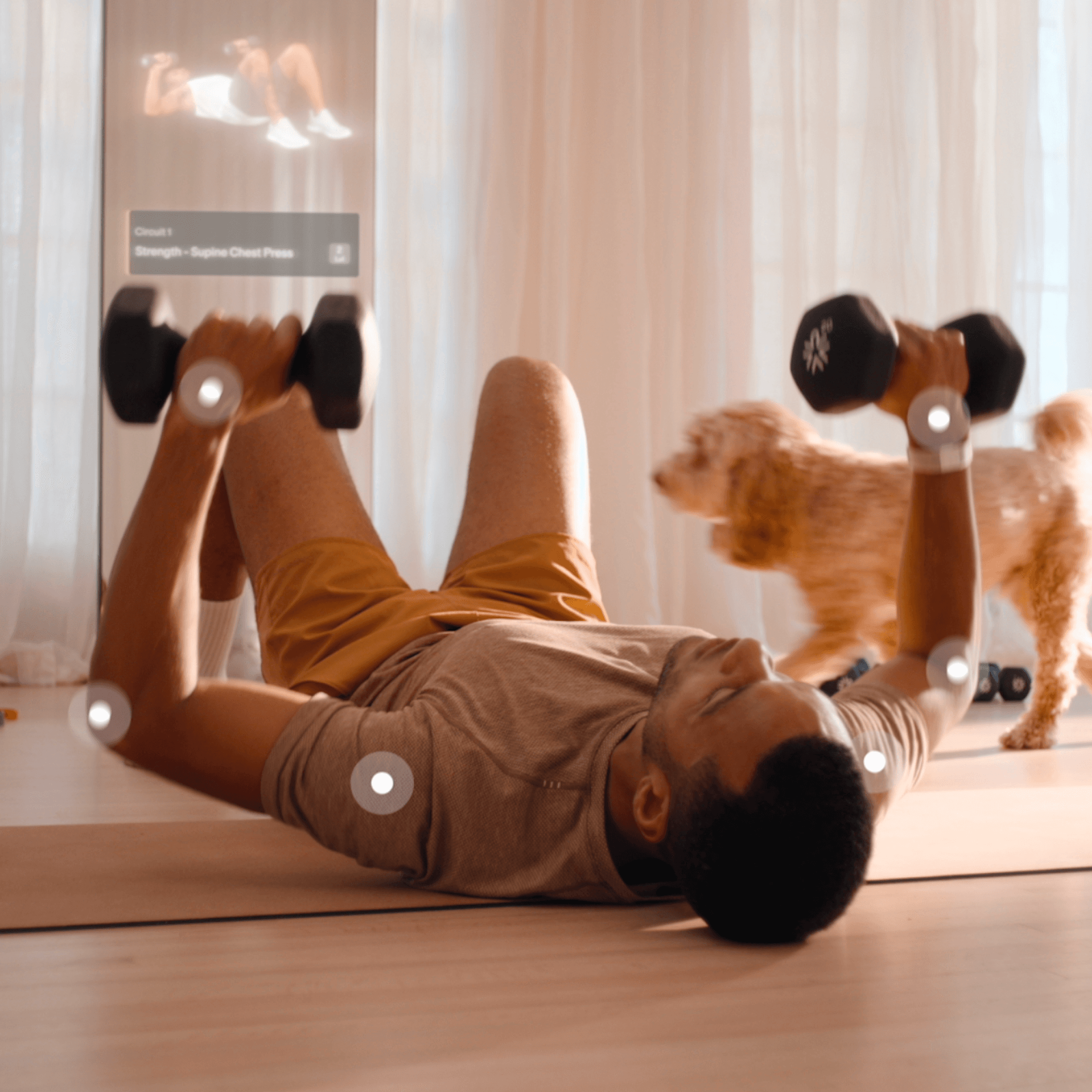Train Movements, Not Muscles: Why Movement-Based Training Works
Written By
Adam Gray-Hayward
Reviewed By
Paul Winsper, Chief Science and Performance Officer, AlterMe

Related posts

How to Work Out Safely and Effectively in the Summer Heat
Training in the summer heat requires more than grit—it demands strategy. Learn how to adjust your workouts, hydration, and recovery for high performance and safety in rising temperatures.

Your First DNA-Powered Workout with AlterMe and How to Make It Count
Your first AlterMe workout is more than movement—it’s a personalized training session shaped by your DNA and daily biometrics. Learn where to find your workout, what gear to use, and how to train smarter from day one.

Training Through Injury: How to Stay Active, Adapt, and Keep Progressing
An injury doesn’t have to halt your progress. Learn how to stay active during recovery, train smarter through injury, and keep momentum with purpose-driven movement, recovery strategies, and real-time program adjustments. The journey doesn’t stop—it evolves.